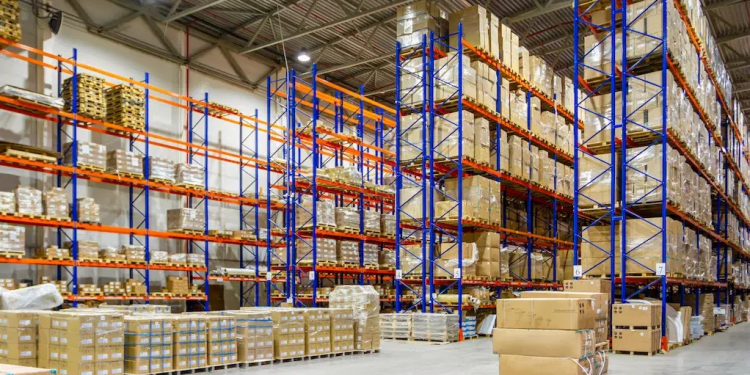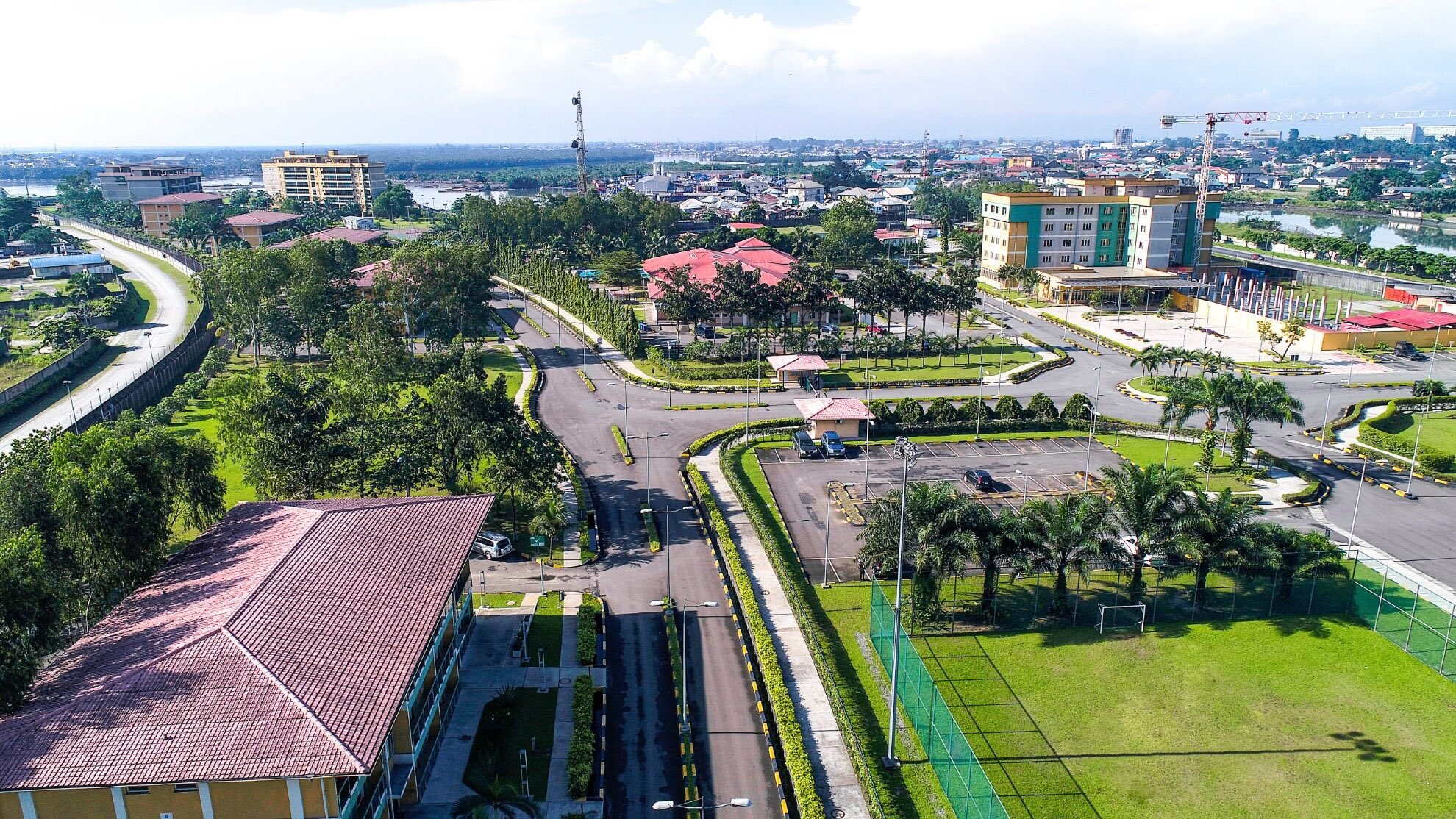Nigeria’s manufacturing sector is grappling with economic pressures as real output and capacity utilization saw slight dips in the first half of 2024. According to the latest report from the Manufacturers Association of Nigeria (MAN), capacity utilization declined marginally to 56.4% from 56.5% in H1 2023, and real output fell by 1.66% year-on-year, down to N1.34 trillion.
Amid high operational costs, foreign exchange challenges, and sluggish consumer demand, manufacturers are increasingly shifting to local raw materials. MAN President Otunba Francis Meshioye explained this shift stems from difficulties accessing foreign exchange, which has prompted companies to explore local sourcing alternatives. As a result, local raw material sourcing rose slightly to 56.03% from 55.4% in the same period last year, though reliance on imports remains in sub-sectors like non-metallic minerals and textiles.
Despite an overall real output decline, the sector saw a 9.97% recovery over H2 2023, attributed to a baseline effect. In nominal terms, manufacturing output increased by 30.38% year-on-year to N5.34 trillion, driven by the rapid rise in domestic prices as inflation pushed the Consumer Price Index (CPI) to 34.19% by June 2024.
However, unsold inventory levels soared by 357.57% year-on-year to N1.24 trillion, highlighting weakened consumer purchasing power under inflation, subsidy cuts, and a depreciating naira. This growing stockpile underscores the need for targeted economic interventions to stimulate demand, according to MAN.
Investment in the sector rose by 29.63% to N250.13 billion in H1 2024, largely due to the depreciating naira inflating import costs for machinery. Yet, real investment hasn’t significantly increased as companies remain focused on maintaining existing operations rather than expansion.
Energy costs continue to challenge manufacturers, with rising expenses for alternative power sources totaling N238.31 billion—a 7.69% increase from H2 2023—due to high diesel and gas prices alongside unreliable national grid supply. While daily electricity supply hours improved to 11.28 in H1 2024, manufacturers still bear the financial burden of self-generated power to stay operational.









